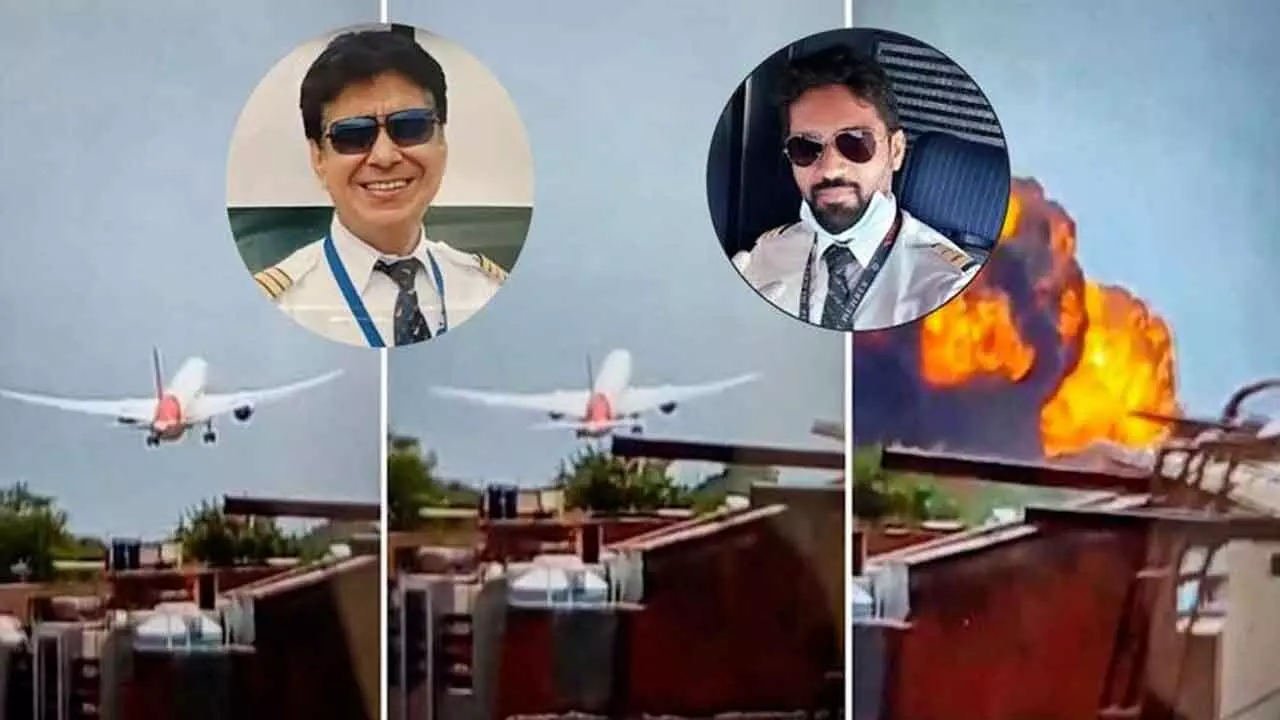Air India Crash: Captain's Actions Under Scrutiny in Deadly Boeing 787 Disaster
A new report from the Wall Street Journal reveals shocking details about the Air India crash that killed 260 people, focusing on the captain's alleged role in cutting fuel to the engines. Uncover the latest developments in this ongoing investigation.
Air India Crash: Captain's Actions Under Scrutiny in Deadly Boeing 787 Disaster

Just weeks after a tragic Air India flight plunged to the ground in Ahmedabad, India, claiming 260 lives, a critical new detail has emerged, shifting the focus of the investigation directly onto the plane's captain. According to a Wall Street Journal report, a cockpit recording indicates the pilot in command, Captain Sumeet Sabharwal, may have intentionally cut the fuel supply to the Boeing 787 Dreamliner's engines moments after takeoff.
The June 12 crash sent shockwaves through the aviation world, and early assessments by U.S. officials, based on evidence gathered in the ongoing probe, suggest a deeply unsettling sequence of events. The report highlights a crucial exchange captured on the cockpit voice recorder: the first officer, Clive Kunder, who was actively flying the aircraft, reportedly questioned Captain Sabharwal about moving the fuel switches to the "cutoff" position mere seconds after the plane lifted off the runway.
This revelation comes on the heels of a preliminary report released by India's Aircraft Accident Investigation Bureau (AAIB) on Saturday. While that report confirmed the fuel switches were indeed moved from "run" to "cutoff" just after takeoff, it refrained from specifying how they were flipped. However, it did corroborate the existence of a chilling cockpit exchange, stating, "One pilot was then heard on the cockpit voice recorder asking the other why he cut off the fuel. The other pilot responded that he did not do so."
With the fuel flow abruptly interrupted, the London-bound jet began to rapidly lose thrust and descend. Closed-circuit TV footage from the crash site further reinforces the narrative of immediate power loss, showing a backup ram air turbine deploying almost instantly after liftoff – a clear indicator of engine failure.
Interestingly, at the wreckage site, both fuel switches were discovered in the "run" position, and there were indications of both engines attempting to relight before the catastrophic low-altitude impact.
Captain Sabharwal, with a substantial 15,638 hours of total flying experience, was the more seasoned pilot, while First Officer Kunder had 3,403 hours under his belt. The implications of this potential human error are profound, especially given Air India CEO Campbell Wilson's internal memo on Monday, which stated that the preliminary report found no mechanical or maintenance faults with the aircraft, confirming all required maintenance had been carried out.
Neither India's AAIB, Directorate General of Civil Aviation, Ministry of Civil Aviation, Boeing, nor Air India have yet responded to Reuters' requests for comment on the Wall Street Journal's latest report.
In the wake of the AAIB's initial findings, both the U.S. Federal Aviation Administration (FAA) and Boeing privately issued notifications affirming the safety of fuel switch locks on Boeing planes, according to a document seen by Reuters and corroborated by four sources familiar with the matter. This suggests a preemptive move to reassure the industry about the aircraft's design, even as the investigation into this perplexing tragedy continues to unfold.

